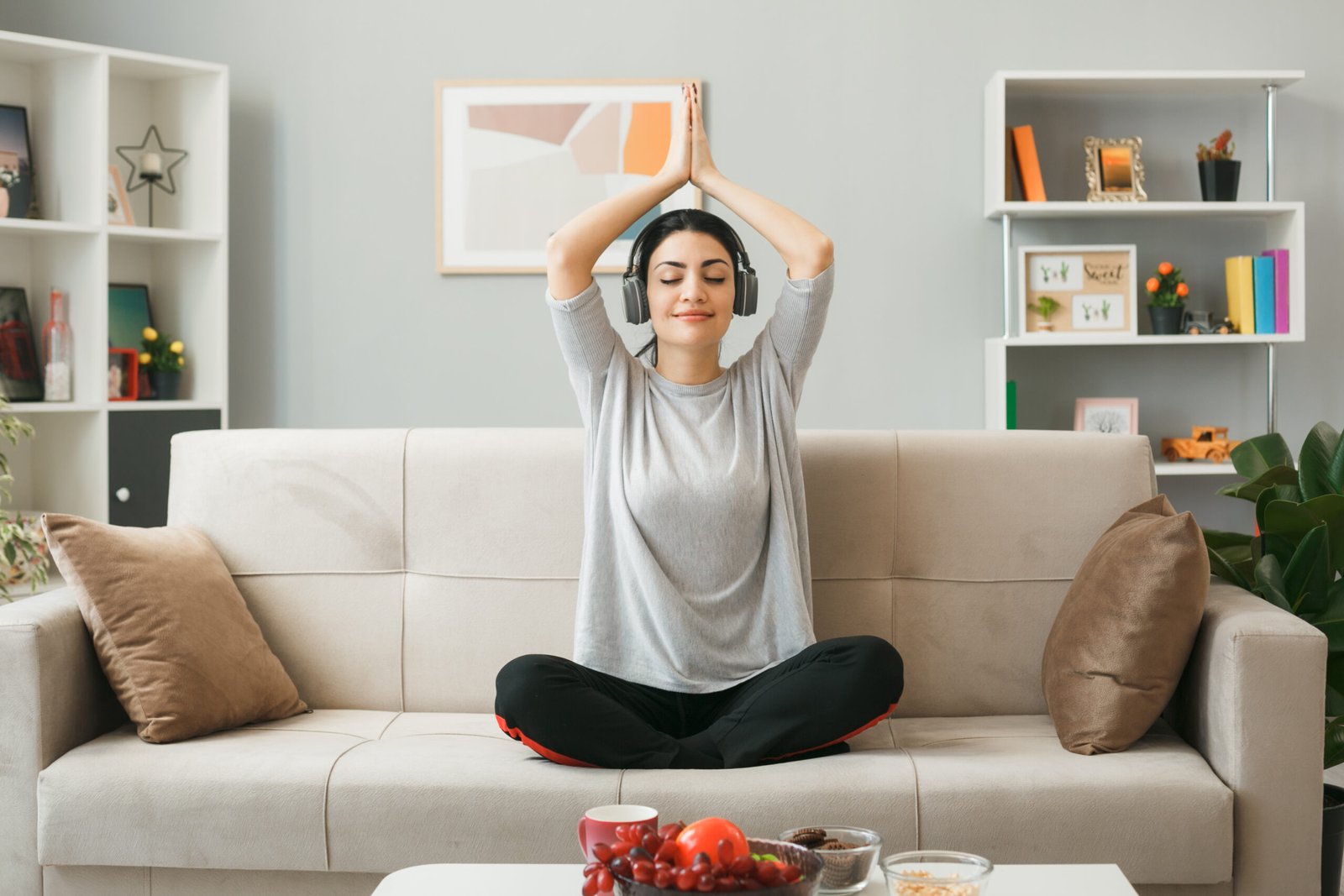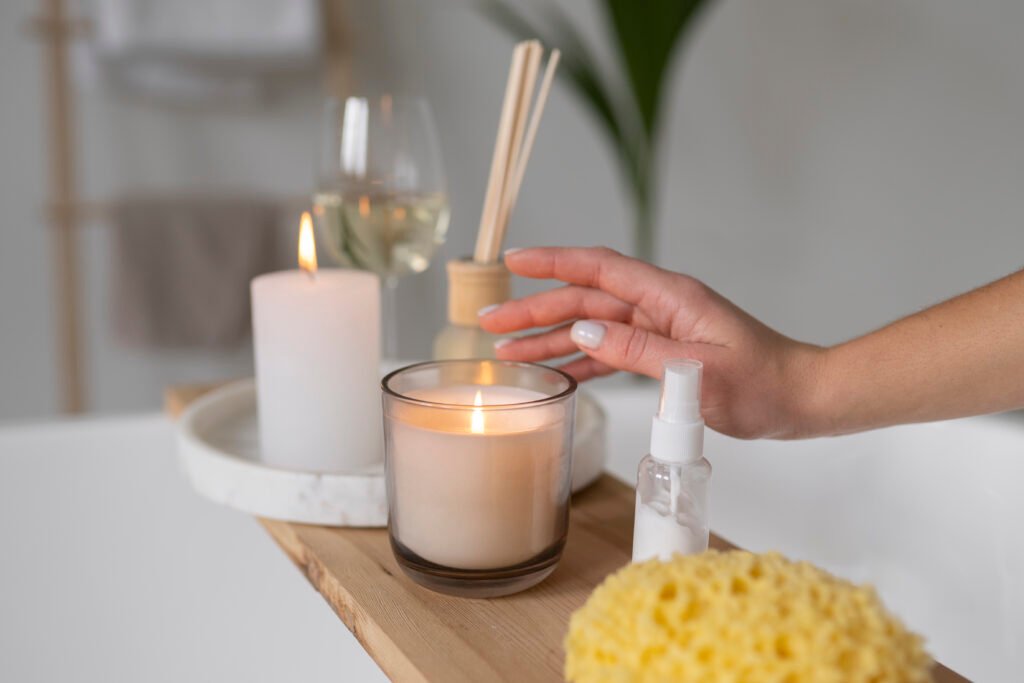In a world that never slows down, where stress and digital overload are constant challenges, the spaces we inhabit play a crucial role in our overall well-being. Thoughtfully designed environments have the power to nurture the mind, body, and spirit, turning ordinary spaces into sanctuaries that inspire relaxation, productivity, and joy.
Key Principles of Wellness-Centric Design
1. Biophilic Design: Bringing Nature Indoors
Nature has a calming and restorative effect on the human mind. Incorporating biophilic elements, such as indoor plants, natural materials, water features, and ample natural light, can improve air quality, reduce stress, and enhance overall well-being. Large windows, green walls, and organic textures help bridge the gap between indoors and outdoors, fostering a sense of tranquility.
2. Optimizing Natural Light and Airflow
Sunlight is a powerful mood booster. Maximizing natural light through skylights, large windows, and strategically placed mirrors can enhance a space’s ambiance while supporting circadian rhythms. Additionally, ensuring proper ventilation and air purification contributes to healthier indoor environments, reducing allergens and toxins.
3. Ergonomic and Comfortable Design
Furniture and spatial planning should prioritize ergonomics, supporting good posture and movement. Whether in homes or workplaces, selecting chairs, desks, and other furnishings that promote proper alignment can prevent physical strain and improve focus. Adjustable lighting, sit-stand desks, and cozy lounge areas further enhance comfort.
4. Mindful Color Psychology
Colors influence emotions and behaviors. Soft, muted tones such as blues, greens, and earth hues create a soothing atmosphere, while warmer colors like oranges and yellows add energy and warmth. Choosing the right color palette can set the desired mood and enhance overall well-being.
5. Multi-Sensory Experiences
A well-designed space should engage multiple senses. Using scented candles or essential oil diffusers, integrating soft textures, playing calming background music, and incorporating natural materials can create a holistic sensory experience that promotes relaxation and mindfulness.
6. Decluttering and Minimalism
A clutter-free environment fosters mental clarity. Thoughtfully designed storage solutions help maintain organized spaces, reducing distractions and promoting a sense of calm. Minimalist design encourages intentional living and enhances focus by eliminating unnecessary visual noise.
7. Personalized and Flexible Spaces
Wellness-focused design should cater to individual needs and preferences. Customizing workspaces, relaxation areas, or even meditation corners allows occupants to create an environment that resonates with their lifestyle and enhances their well-being.
The Future of Wellness-Centric Spaces
As awareness of holistic well-being continues to grow, the future of interior design will emphasize smart, adaptable, and wellness-driven solutions. From sustainable materials to technology that enhances comfort, design trends will continue to prioritize the harmony between aesthetics and health.
At Refine Home, we specialize in crafting spaces that nurture mind, body, and spirit. Whether you’re looking to revamp your home or office, our expert team can help bring your wellness vision to life. Contact us today at +971 58 209 5415 to transform your space into a haven of health and well-being.



